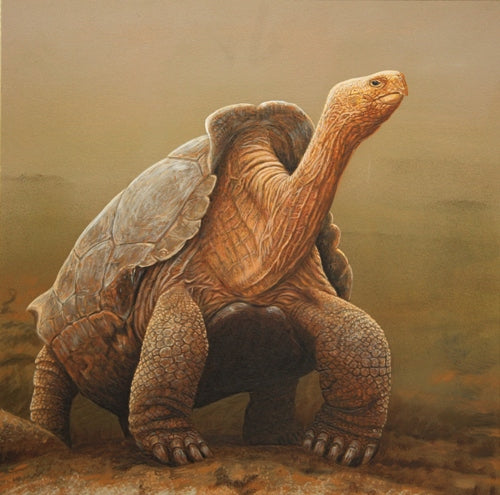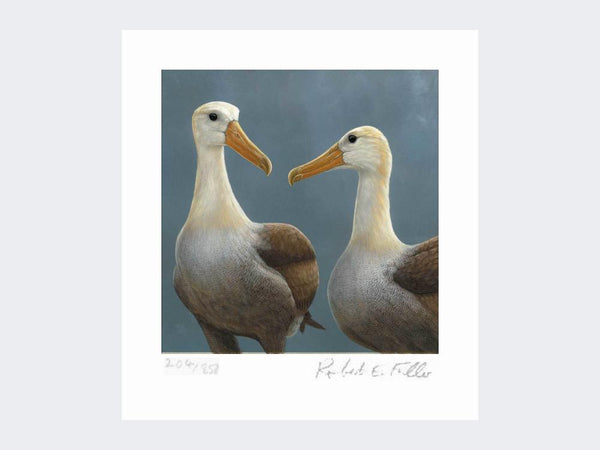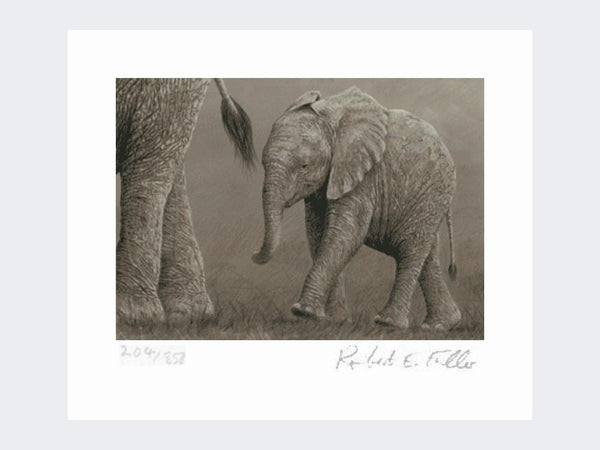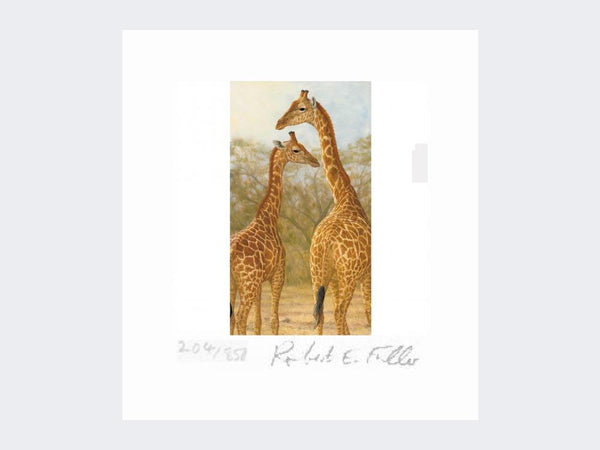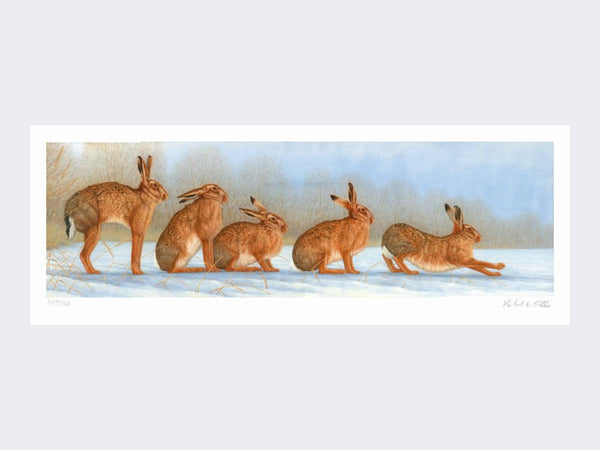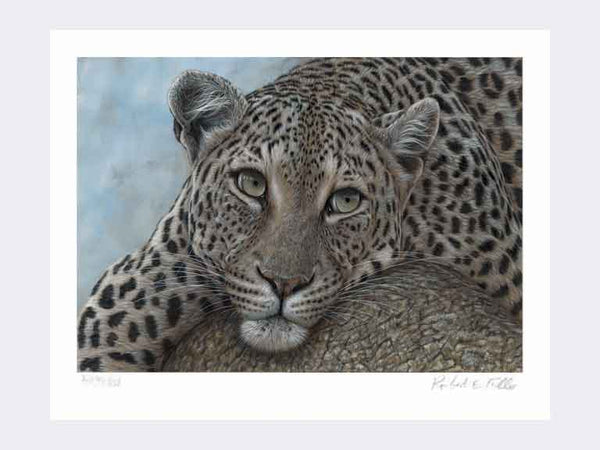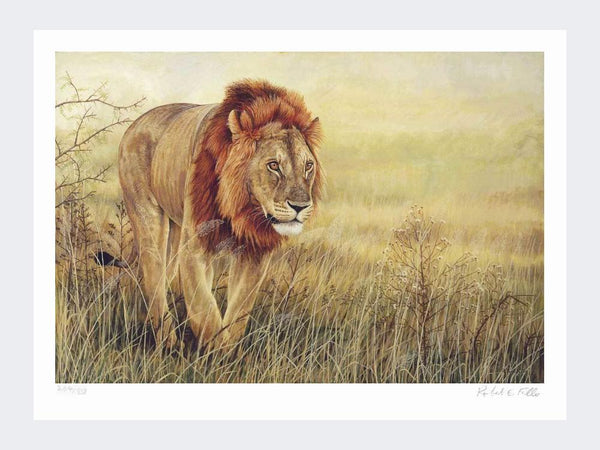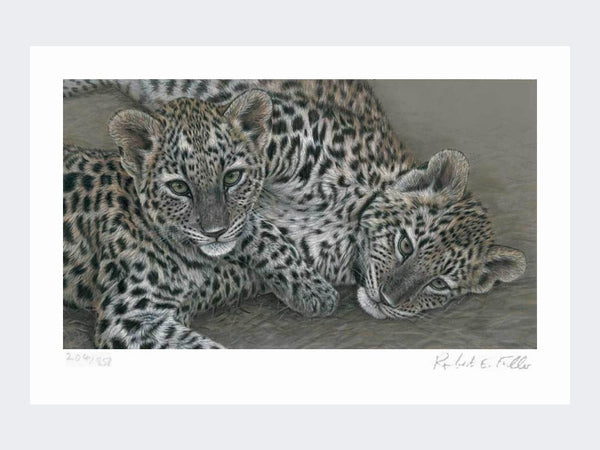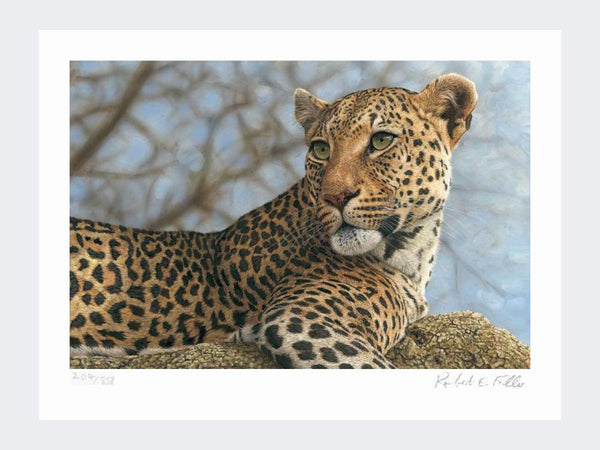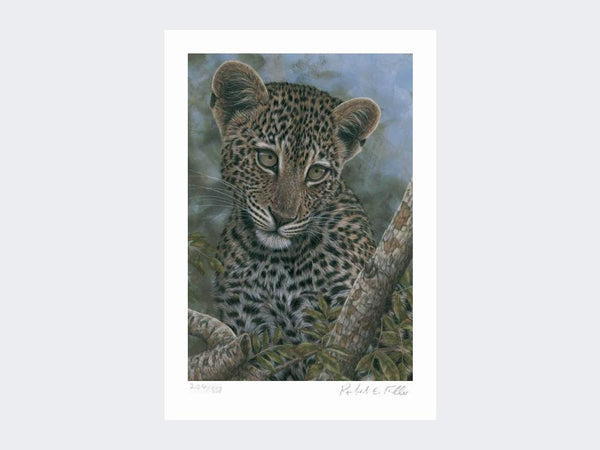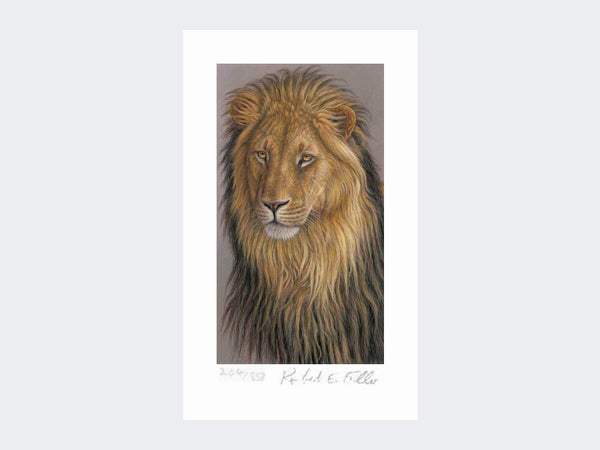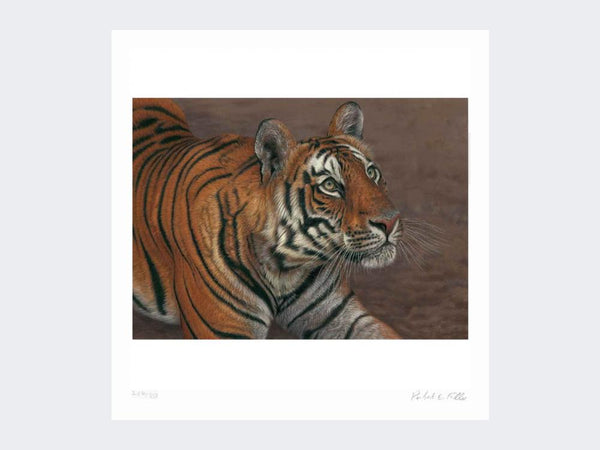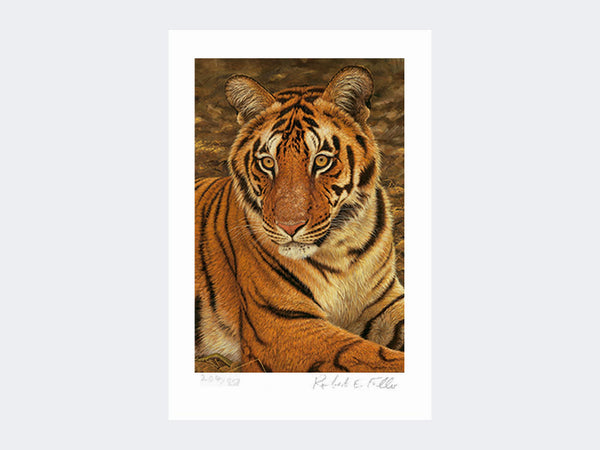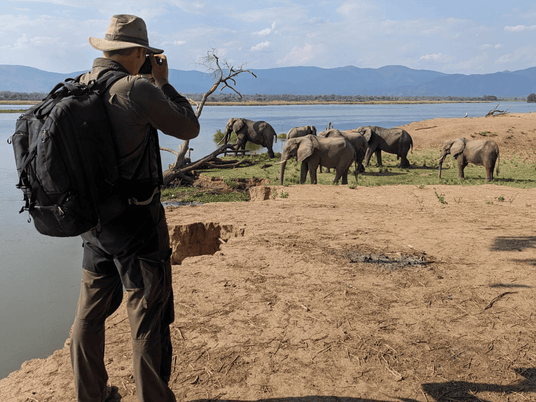A visit to the Galapagos Islands, 600 miles off the coast of Ecuador, is an opportunity to see some of the world’s most unique animals. I visited in May which coincides with the breeding season and the islands were teeming with birds in the throes of these remarkable courtship displays. My experiences inspired the following paintings.
Blue footed boobies
The Galapagos terrain is rocky and unlike anywhere I'd experienced before and to see bright, blue-footed boobies step across this dark volcanic rock was something I'll never forget. After being mesmerised by their fascinating courtship display, I couldn't wait to get my paintbrush out.

Magnificent frigate birds
Meanwhile. whilst in the trees magnificent frigate birds puffed out blood red throats like toads. These jet-black birds are normally just that; black with the tiniest red sack at their throats like pirates wearing thin crevettes. During the breeding season the males puff these out until they become enormous bright red balloons. This may not seem particularly romantic to you or I, but the females clearly find it so and it was touching to see them snuggle up in to these inflated chests. I I painted this, as below.
Waved albatross
But among the most fascinating courtship displays I witnessed was that of waved albatrosses, which I saw during a day trip to the island of Espanola. Espanola is host to the only nesting colony of waved albatross in the world. We walked ashore just as dawn was breaking. Some marine iguanas were lined up on the beach trying to warm up in the early morning sunshine. Sally Lightfoot crabs - bright orange crustaceans thought to be named after a nimble Caribbean dancer - were tip-toeing across the sand. We left the shore and walked through dense bushes. Very soon I could hear a very strange, eerie sound. The noise turned out to be the sound emitted by a pair of courting albatross. It grew louder and louder, a haunting ‘whoo hoo’.
We rounded a corner into a clearing and suddenly there were several pairs of albatross performing this elaborate courting ritual right there in front of us. Waved albatross stand at nearly one metre high and have delicate waved markings that ripple across their breast. They are normally solitary birds and spend the entire year out at sea, coming to this specific island only once to breed. These birds mate for life so this annual reunion is very emotional. Pairs seem so genuinely pleased to see each other and greet one other by rubbing their bills together tenderly.
This gentle beak rub is followed by one or both birds standing suddenly bolt upright. These huge birds either stand with their beaks pointed towards the sky, emitting the strange wailing sound that I’d heard earlier, or pose alert with their beaks wide open, before continuing to rub bills again. Every so often the pair clack their beaks rapidly like a pair of castanets. Then, abruptly, they stop and begin preening over their shoulders, or moving their heads fluidly from side to side as though dancing. Sometimes, the couple will suddenly, and, seemingly, randomly, take a break to attend to their nests, before, without any apparent prompting, resuming their unusual courting ritual once more. This comes across as quite comical, after the intensity of the beak-clacking.
I was keen to record the moment when two albatross are reunited and on my return I painted the way in which these huge birds looked so graceful when they looked lovingly at one another, see above. Albatross are quite cumbersome on land but up in the air they are majestic. I watched as a male with a 7.4ft wingspan circled overhead looking for somewhere to land. Finding a space big enough for that vast shape took some planning! Taking off was also incredible to watch. The wind was blowing onshore so the albatross would walk towards the cliff edge and then start running hard into the wind. They looked like men taking off in hang gliders.
Galapagos giant tortoise
Super Diego is more than 100 years old and is said to be so virile that he alone is responsible for bringing his sub-species back from the brink of extinction. There were just 14 saddle back Espanola tortoises left in the world when Super Diego was introduced to a scientific breeding programme in the Galapagos in 1977. At the time, two males were struggling to breed with the 12 females that together made up the entire Espanola population.
But Super Diego had no such difficulties. As a last ditch effort to save the species, he was shipped to the Pacific archipelago from a zoo in San Diego, California, where he had been living since the 1930s. So potent is the genetic strain he contributed to the breeding programme, he is said to have sired an estimated 1,700 baby tortoises ever since. Now that is some work! Now retired, Super Diego has returned to Espanola.
After watching Super Diego slowly swagger about his accommodation at the Darwin Foundation Centre on Santa Cruz Island, I was inspired to paint the above. It was fascinating to see him. The Espanola tortoise has a shell shaped like a saddle and beneath the sweeping pommel is a gap which allows this particular subspecies of giant tortoise to stretch its neck up to browse on low lying branches. Whilst I was watching Super Diego, a keeper walked into his enclosure and the tortoise raised himself to his full height in surprise. Standing high on his legs with his neck stretched up his reach was easily six feet.
Travel to Galapagos
Galapagos is host to so many utterly unique species that one trip is barely enough. I've been twice now, traveling with the East Yorkshire company Think Galapagos
We toured the island on a luxury yacht and had the opportunity to snorkel alongside sea lions, turtles, rays and even the indigenous Galapagos penguin. The highlight of the trip was seeing the beautiful birds that return to breed on these remote islands.

